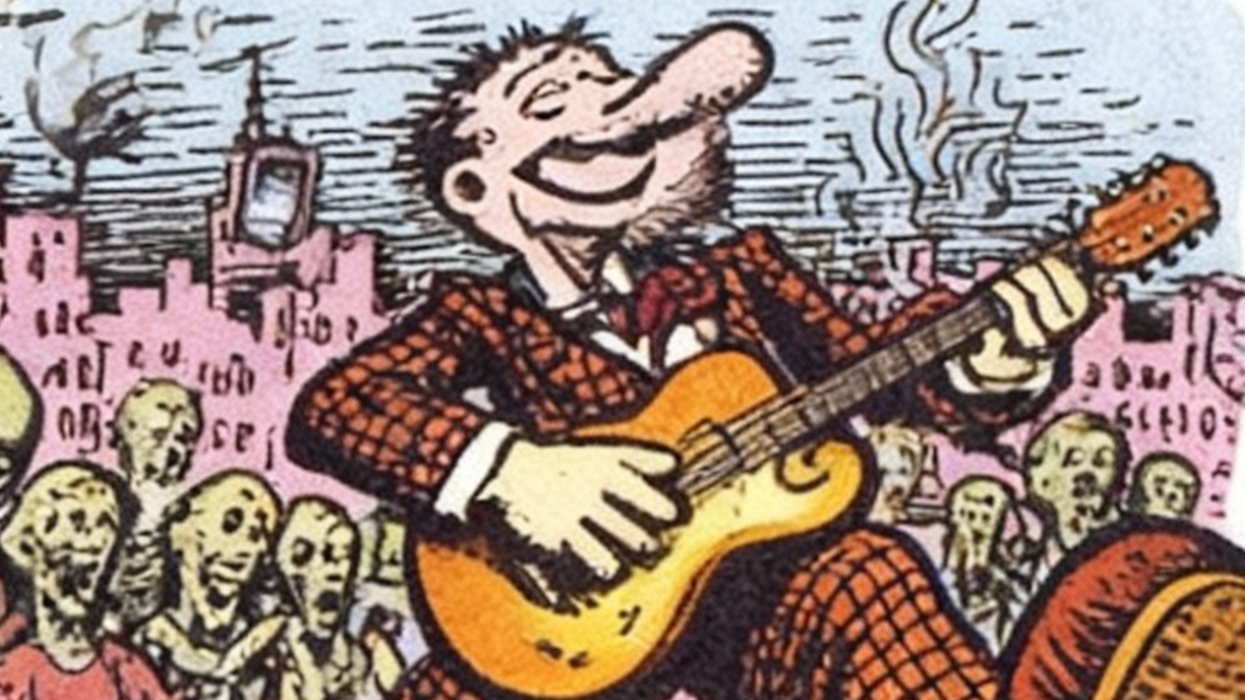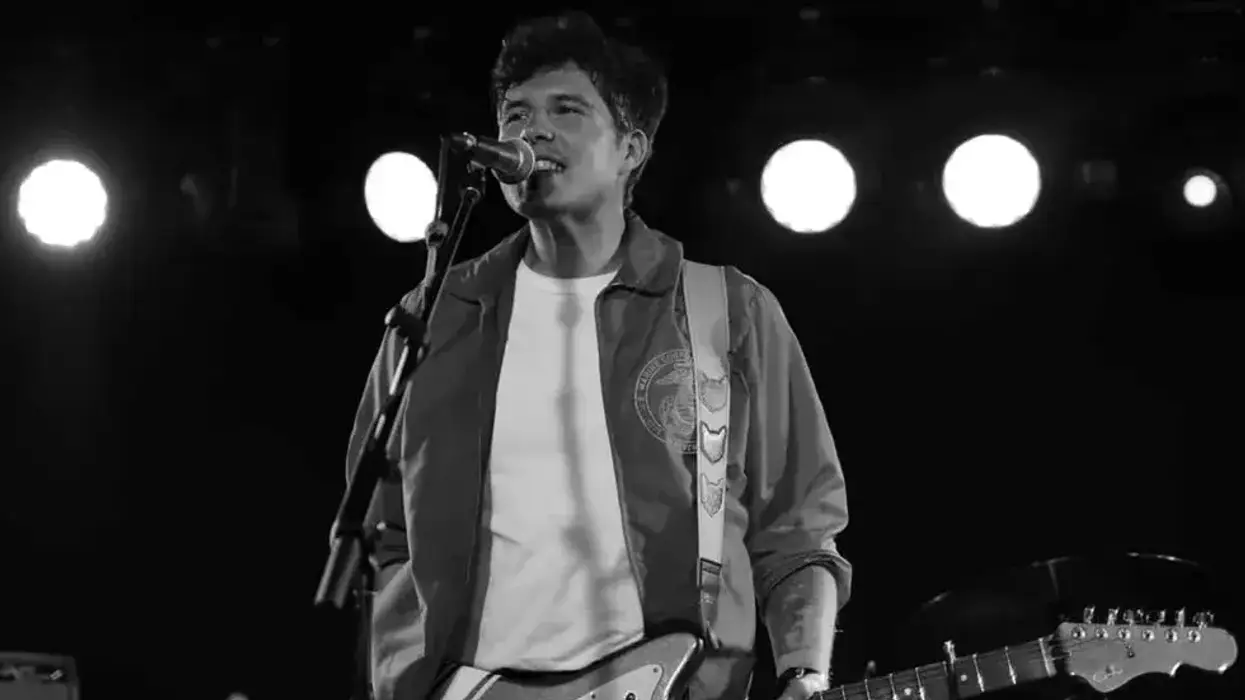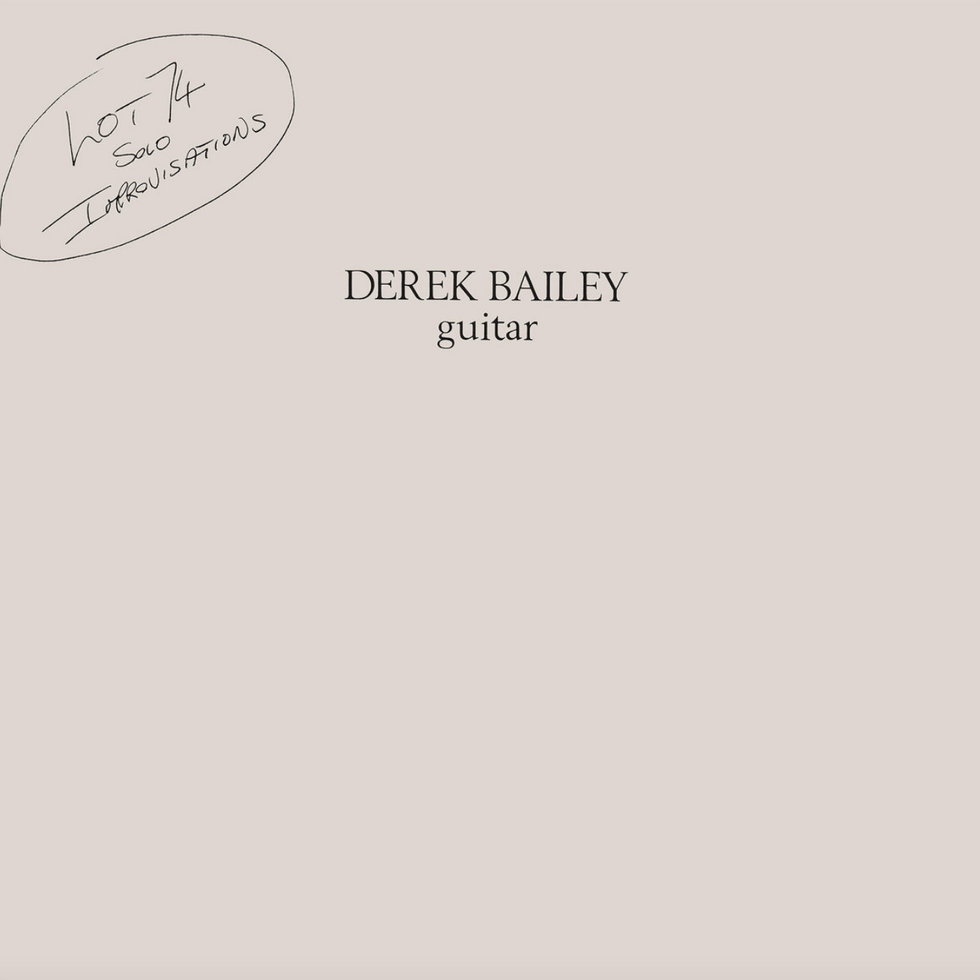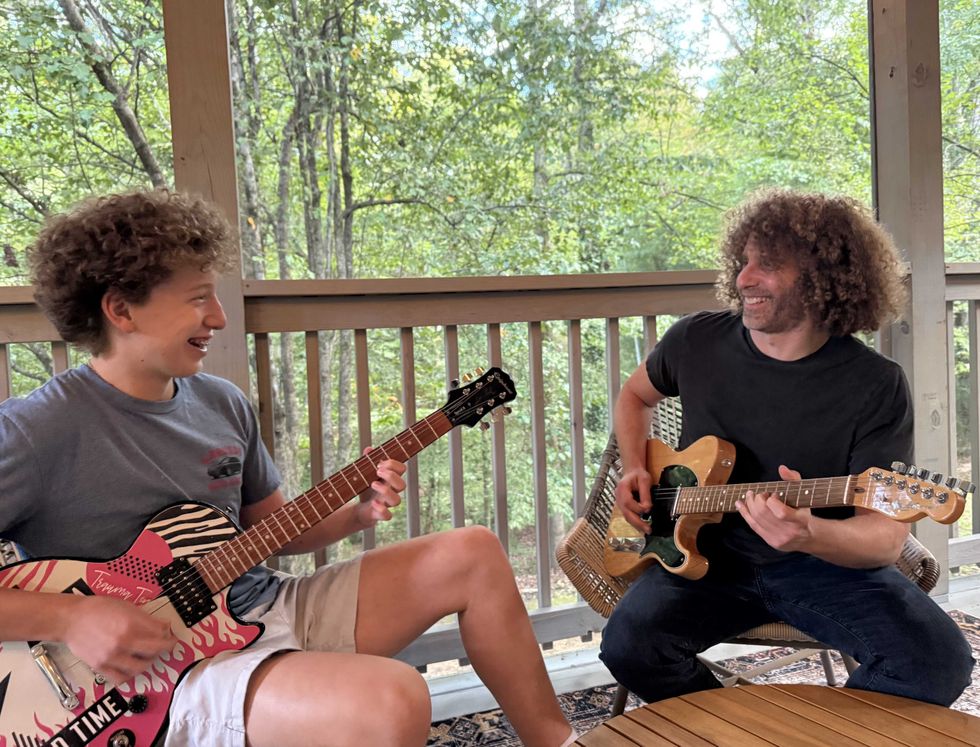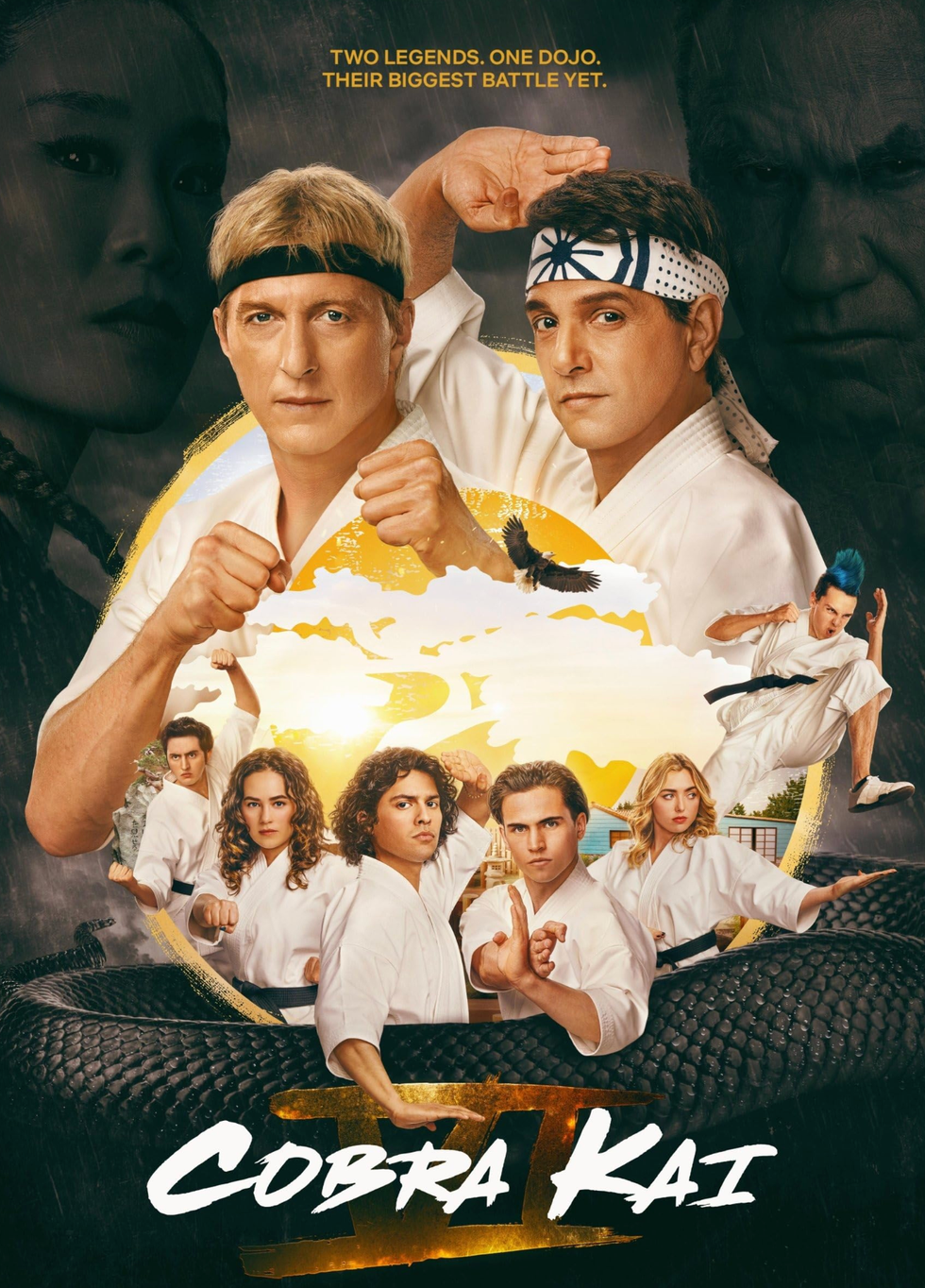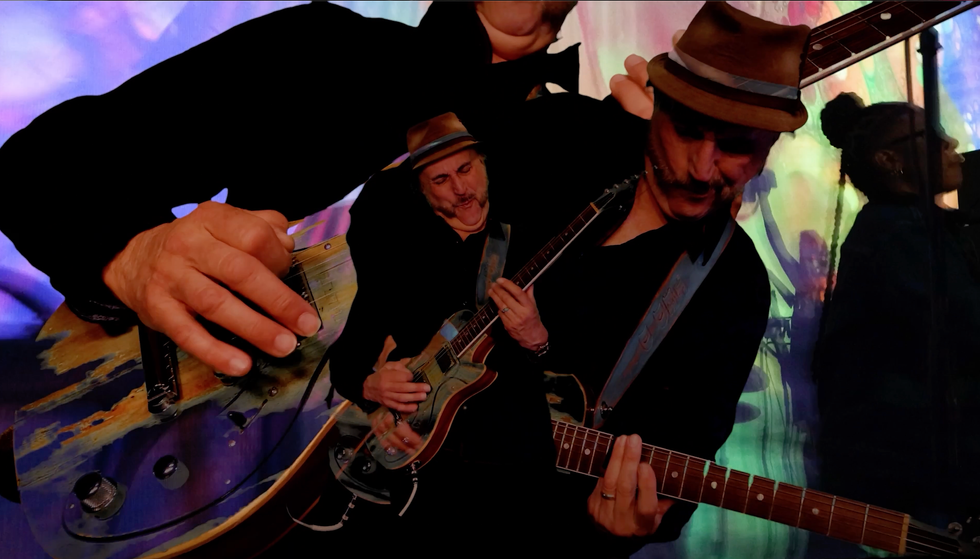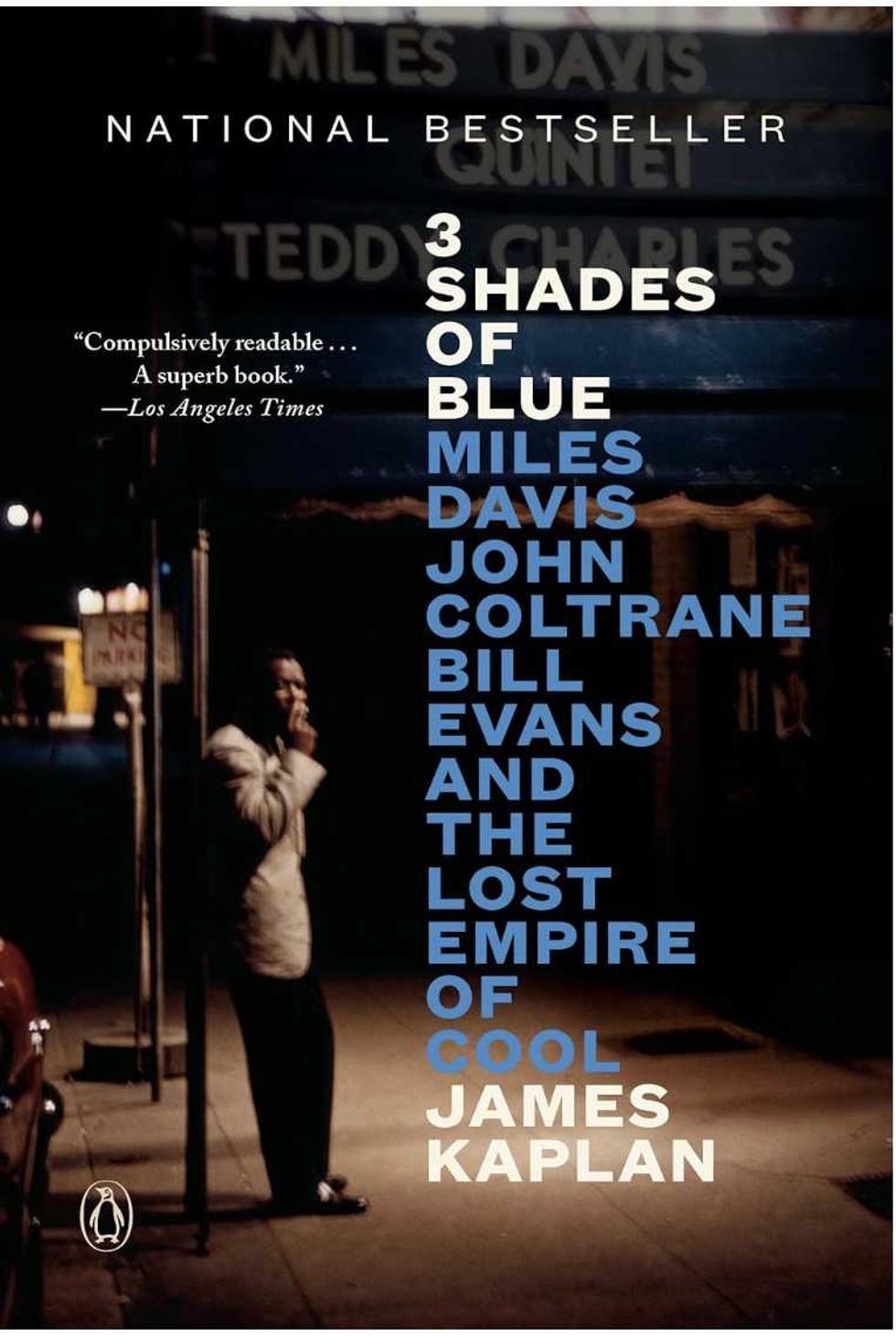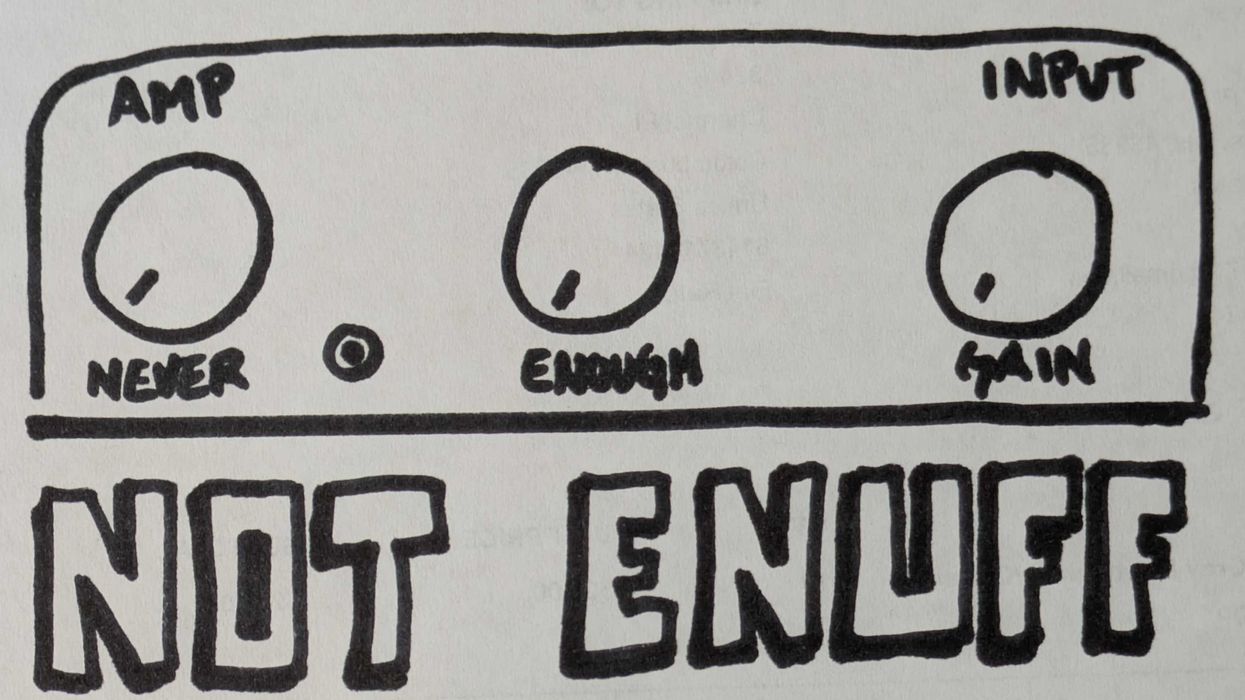When I first got into guitar in
the early 1980s, there really
wasn't “vintage" gear. There was
old and new, with “new" generally
being judged superior. Of course,
a '59 Les Paul has always been
revered as a Holy Grail guitar, but
nobody went gaga over a '61 Tele.
Fender Jaguars and Jazzmasters
from the late '50s and early '60s
were considered geek guitars that
nobody other than Elvis Costello
would play. Given the choice
between a battered, TV-yellow
'57 Les Paul Junior and a brand-new,
tiger-striped, pointy bodied,
whammy bar-equipped Kramer,
the vast majority of young players
would choose the flashy new guitar.
Those “unfortunate" enough
to be stuck with the '57 Junior
would do their best to update the
doomed relic.
When I was about 15, I got
a job working for a very busy
luthier who kept a small shop in
the basement of the local music
store, where he toiled away six
days a week “improving" old
guitars. Walk in with an original
pre-CBS Strat suffering from a
weather-checked finish, and he'd
quickly strip and repaint it with
a shiny, bulletproof poly finish.
Those original pickups giving you
60-cycle hum? No problem, he'd
route out that body and stick in
three new humbuckers. The stock,
noisy, “inferior" pickups were
unceremoniously tossed in a junk
box under his bench.
By '85, nearly every week
another old Les Paul or Strat
would have its body routed for a
Kahler or Floyd Rose whammy
bar, leaving mountains of sawdust
around the shop. The original nut
was tossed in the garbage and the
headstock was forever gouged out
to make room for the locking nut.
Prefer a stop-tail on your Strat? Or
how about a brass nut? It seemed
like every guitar and bass got one.
I watched as '61 ES-335 tuners
were upgraded to new Grovers,
the originals tossed. Original
volume and tone pots were
dumped every day in favor of a
grit-free new replacement. The
few goldtops from '52 to '56 that
came in the shop left with humbuckers,
the original P-90s tossed
into the junk box.
For some reason, the out-of-phase switch enjoyed a lot of
popularity. My boss would swap
out your original pickup, drill a
hole in the top of your Les Paul,
and—shazam—with the quick flip
of a switch, your 1970 Les Paul
Custom could sound thin and
trebly through any amp.
It seemed like the majority
of guitar greats modified their
guitars, as well. Look at Clapton's
“Blackie"—which was put
together using parts from several
old Strats—or Alvin Lee's red 335
with its Strat middle pickup. Or
Pete Townshend with that middle
pickup and those weird switches
on his Les Paul Deluxe. Dickey
Betts stripped the finish off his
'57 goldtop and painted it red.
John Lennon hacked up his '56
Les Paul Junior with a new bridge,
neck pickup, and an LP switch,
then stripped off the finish. He
also stripped his Epi Casino and
Gibson J-160E. Eddie Van Halen,
SRV, Yngwie Malmsteen, and
Albert Lee all similarly defaced
old guitars. Hot-rodding was the
norm, not something esoteric.
With all that routing, stripping,
painting, pot-changing, pickup-swapping,
whammy-bar-installing,
tuner-upgrading, etc., etc., going
on for most of the '70s, '80s, and
'90s, one has to wonder where all
of these non-original guitars have
gone. Look on eBay, and all you
see are “all original," “completely
stock" guitars from the '50s, '60s,
and '70s. It just doesn't add up.
Twenty years ago, if you randomly
checked 100 Strats from the '70s
owned by working musicians,
more than likely at least half of
them would have a humbucker
routed in the bridge. But check
eBay and it's unlikely you will find
even one, so unless somebody has
a Delorean and a flux capacitor
that they employ to travel back in
time to a period that predates the
hot-rod '80s, somebody is lying.
There simply cannot be that many
old guitars on the market that survived
the '80s unaltered.
I don't mind modifications.
Vintage buffs may consider this
heresy, but there are times when
old guitars need a little updating. I
have a 1969 Gibson ES-340 with
original “patent-sticker" pickups
that I never played. This incredibly
cool guitar just laid there like lox
until I installed DiMarzio PAFs
(although I did safely store the
original pickups in case I should
ever sell or trade the guitar). Now
the guitar sings. I love it and use it
often. Here's the irony: This great
modded guitar is now technically
worth less then the bad-sounding
stock version.
If a guitar needs a little tweak,
I do it without regret. Every year,
I change tuning keys that break,
pots that go bad, switches that
break, knobs that fall off, and cases
that are destroyed by airlines. I've
also changed saddles when I've
had tuning issues (Graph Tech is
my go-to brand). I replace and
repair whatever needs it, and I
don't worry about it—because I'm
a player, not a collector.
A good deal of the used gear
for sale today has at one time
been owned by players like me.
This gear has seen wear, tear, and
mods. Original gear retains more
value, and that being the case,
buyers should get what they pay
for. Regrettably, there are some
unscrupulous people selling gear
as “all original" when it's not,
effectively swindling buyers in
the process. There are also sellers
that have no idea they are selling
gear that is not original. Be skeptical
about a pristine, 40-year-old
guitar. Unless the instrument was
purchased and then stored under
a bed until it went up for sale,
more than likely something has
happened to it. You don't want to
pay “10" prices for what is actually
a “5." Be cautious about buying a
guitar you've never played. But if
you find an old player's guitar with
nothing original on it, it may be
amazing because somebody spent
years getting the guitar right. And
it will cost you less.
a Nashville-based guitarist
who works primarily
in TV and has recorded
and toured with over 30
major-label artists. His songs
and playing can be heard
in major motion pictures, on major-label
releases, and in literally hundreds of television
drops. Visit him at youtube.com/user/johnbohlinger






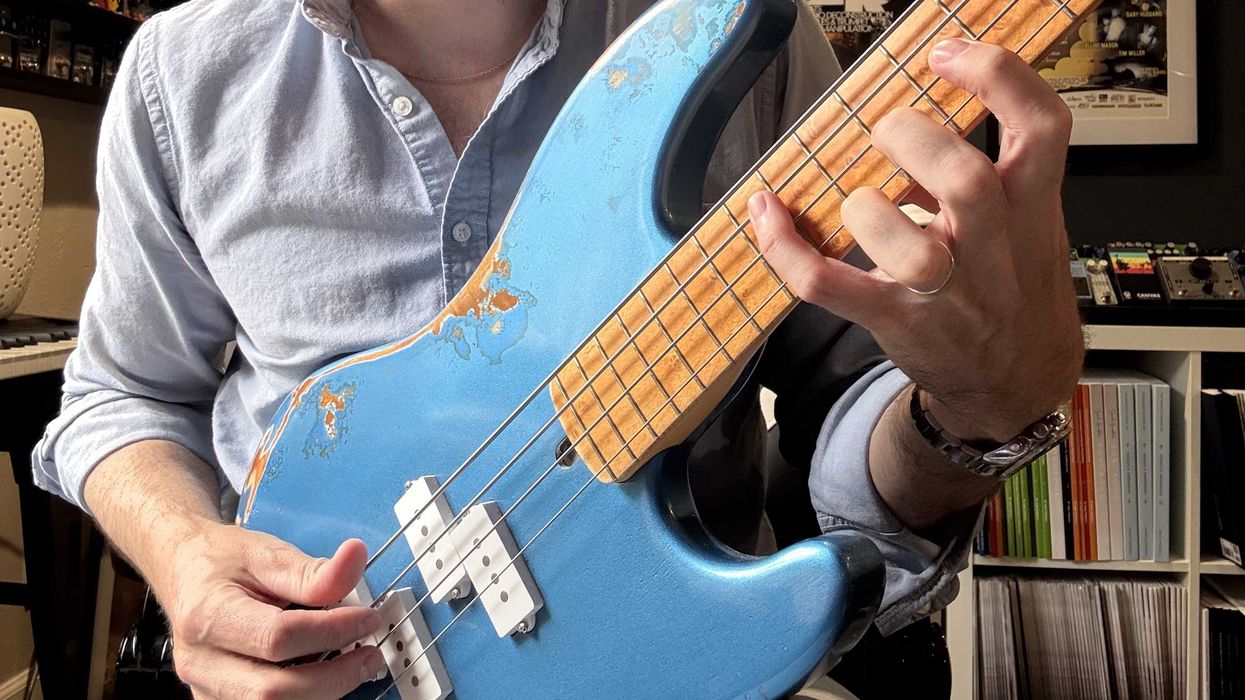
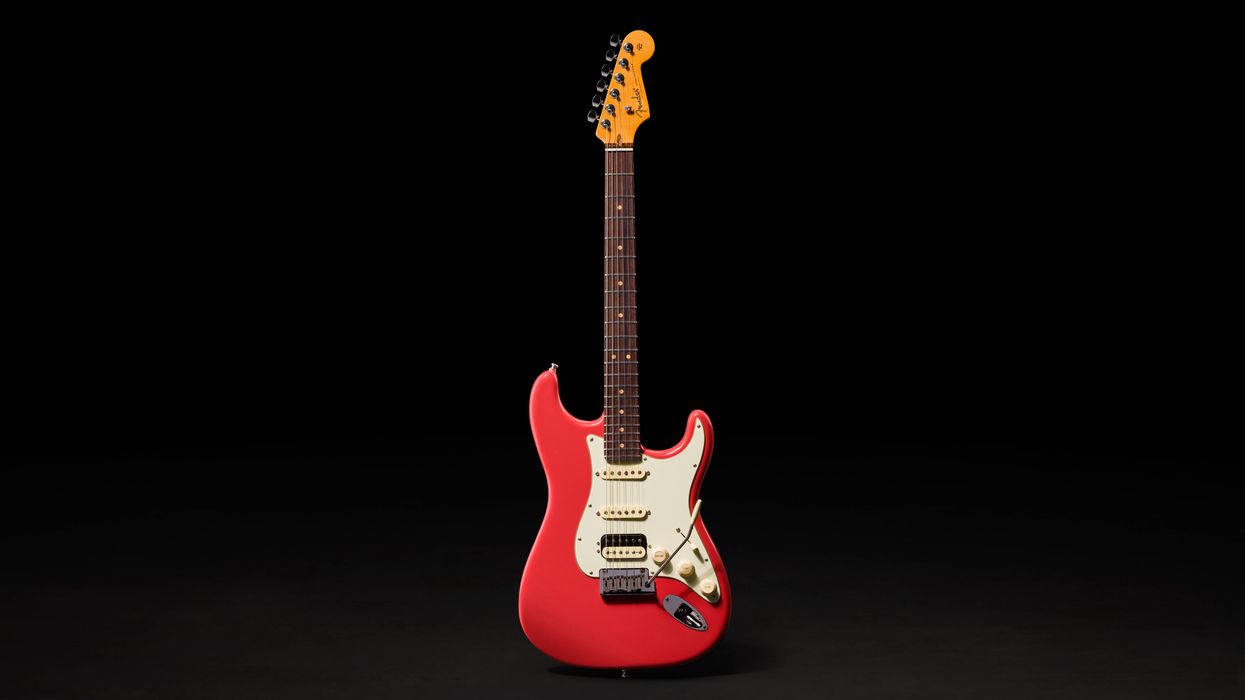
![Rig Rundown: AFI [2025]](https://www.premierguitar.com/media-library/youtube.jpg?id=62064741&width=1245&height=700&quality=70&coordinates=0%2C0%2C0%2C0)
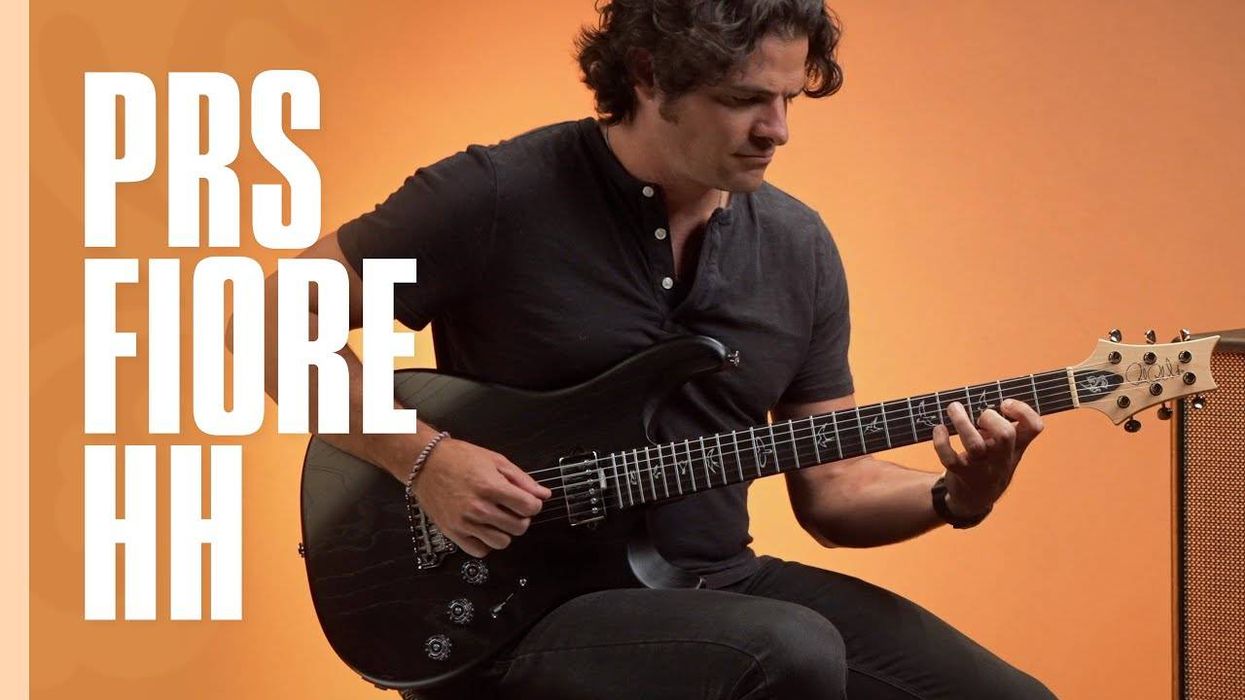

![Devon Eisenbarger [Katy Perry] Rig Rundown](https://www.premierguitar.com/media-library/youtube.jpg?id=61774583&width=1245&height=700&quality=70&coordinates=0%2C0%2C0%2C0)


